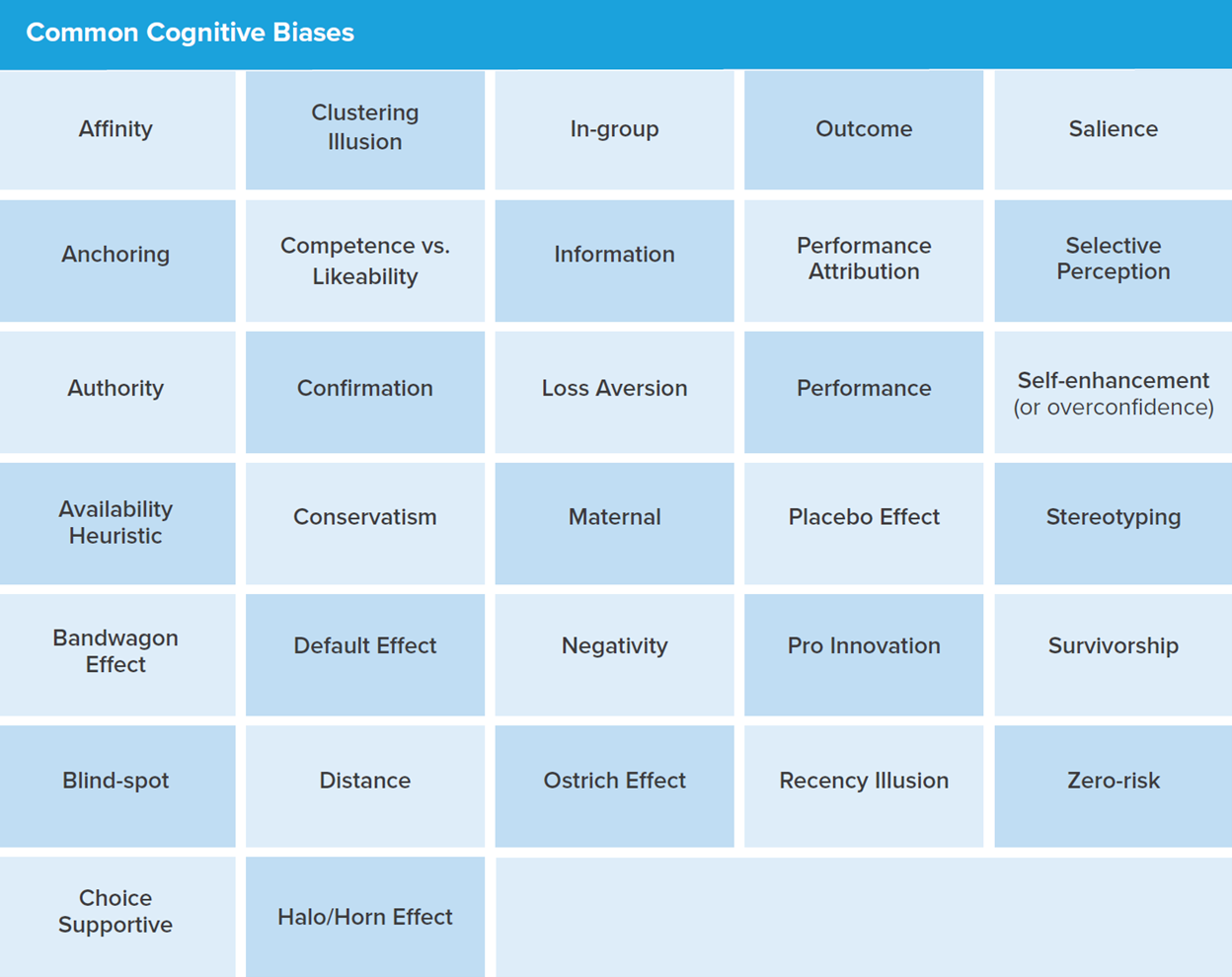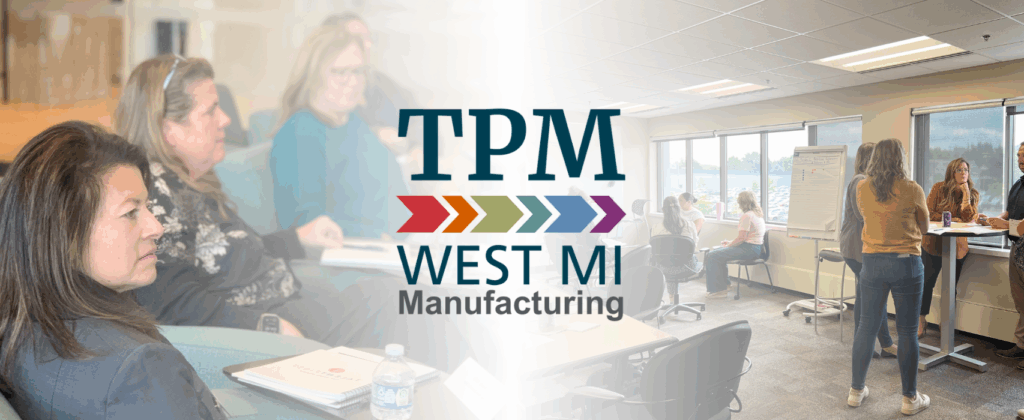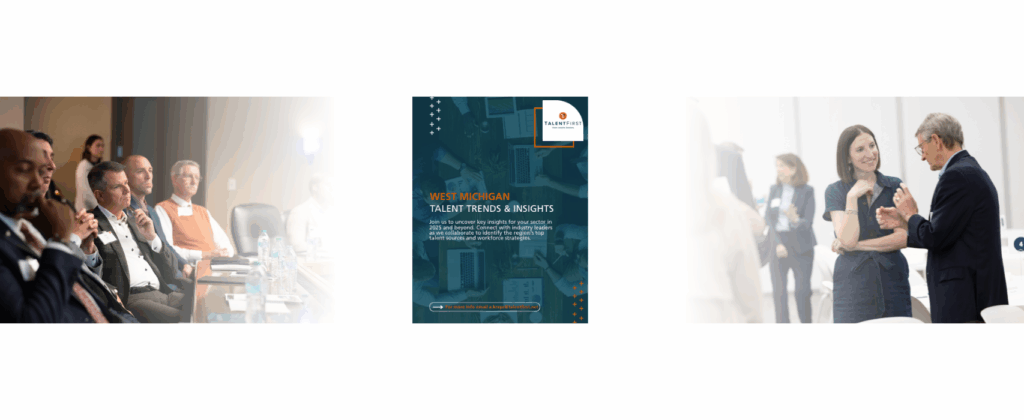Every second, the human brain processes 11 million bits of information. Of the 11 million, only 50 bits are actually conscious. For the remainder, our brains attempt to rapidly process, sort, and categorize these bits by making fast associations. During this process synapses (connections) are formed that store memories that can be quickly accessed later.
Both the conscious and unconscious mind form bias – a positive or negative inclination toward a thing, person, group, or community, usually in a way considered to be unfair. Unconscious or “implicit” bias is most discussed because it is automatic, unintended, subtle, and subconscious. Bias is not inherently bad. We all have bias and making snap judgements is a survival skill. Bias can be shaped by the media, lived experience, and cultural conditioning.
Additional Types of Bias
“Unconscious” or “implicit” are the most common terms used to describe bias. However, we cannot ignore that explicit bias not only exists but is also prevalent in many organizations. Explicit bias is attitudes and beliefs we have about a person or group on a conscious level. Employees are more inclined to act on bias when experiencing fatigue, time constraints or other distractions.
More than 30 types of cognitive biases exist and can appear in many forms and across all organizational levels, departments, and practices. Understanding the different types of bias makes it easier to recognize when they occur and to develop mitigation strategies.
Please see the visual below for an overview of common cognitive biases.

The Consequences of Bias
Bias effects decision making. It is problematic when it leads to the creation of unfair systems and processes that produce inequitable outcomes. In the workplace, it leads to covering, othering, and microaggressions. Bias could also lead to disparities with hiring talent, promoting employees, and determining wages and compensation. Those disparities could negatively impact your company’s reputation with internal and external stakeholders. All of which could cause employee distrust, dislike, exclusion, fear, anger, hostility, or even hatred resulting in an unhealthy and unproductive workplace.
Strategies to Reduce Bias in the Workplace
If we slow down to be more deliberate, we can help our brain develop new synapses and create new mental associations. Below is a brief list of steps you can take to reduce bias in the workplace at both a personal and organizational level.
On a personal level
- Educate yourself and your team on the various types of bias that exist.
- Acknowledge and understand your own biases.
- Manage your emotions, workload, stress level, and time.
- Build authentic relationships with colleagues who do not look like you and have different upbringings. Be okay with being uncomfortable. Listen, ask questions, be curious and look for connections.
- Teach your brain new associations to change the narrative that your own past experiences or the media may have created.
At the organizational level:
- Speak up when you witness bias during conversations or meetings. Hold yourself and others accountable.
- Offer professional development opportunities for continued learning.
- Review marketing materials, communications, internal policies and practices for biased language and assumptions.
- Diversify your workforce, especially you leadership teams. Be inclusive. Ask yourself “who’s not at the table?”
- Use a fair, objective, consistent, and data driven processes to evaluate candidates for talent acquisition and promotions.
Learn More
For additional information on how to expand your knowledge on various D&I topics, please download a free copy of Five Essential Leadership Competencies of an Effective D&I Practitioner guidebook. A paperback version of the guidebook can be purchased from Amazon by clicking here.
{{cta(‘be643ac7-73e2-40f6-a7b2-7c5927924bf4′,’justifycenter’)}}


